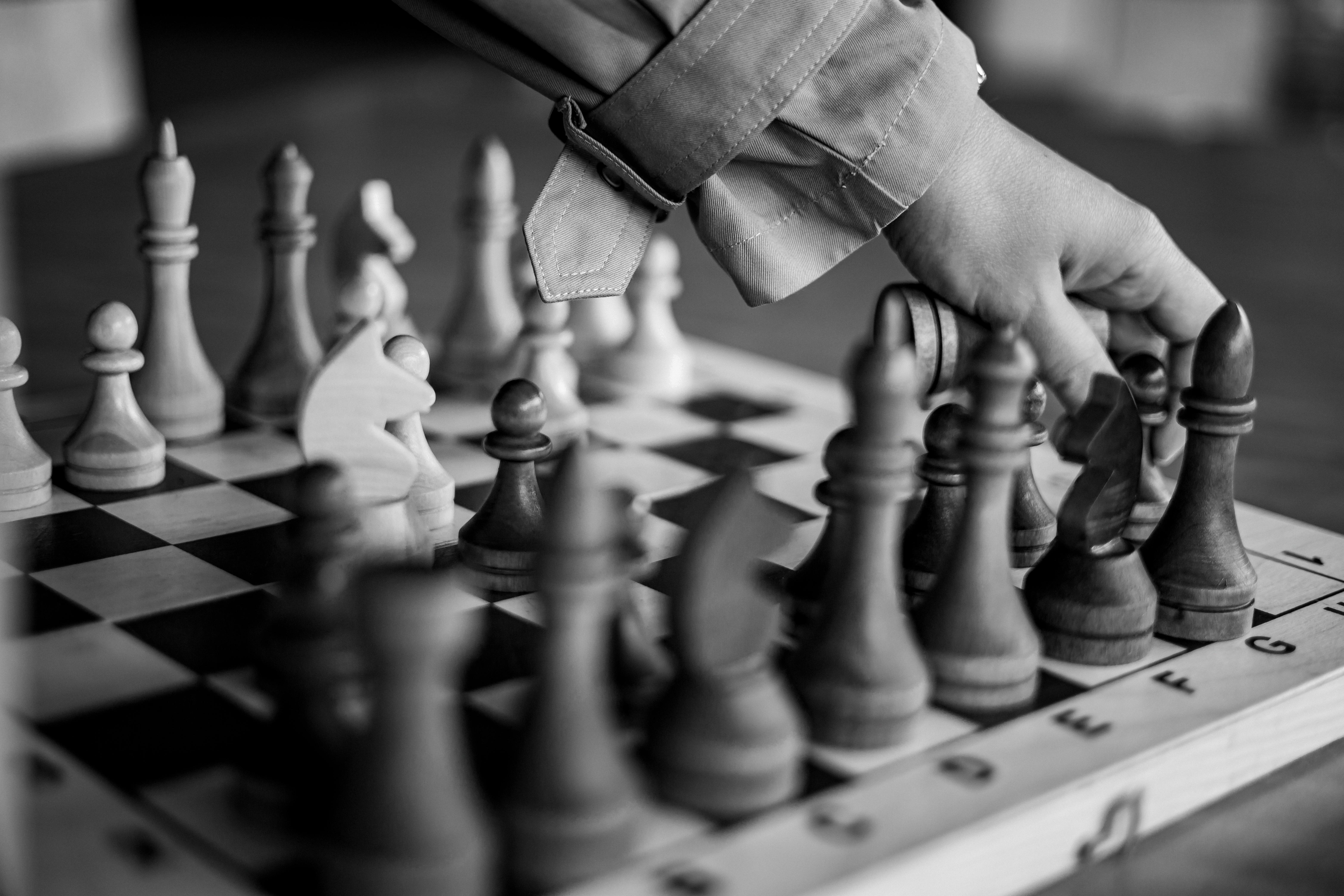Chess is an ancient game that has captivated minds for centuries with its strategic depth and intellectual challenges. One of the key elements in chess is pawn promotion, a critical move that can dramatically alter the course of the game. In this article, we will explore the rules and strategies surrounding pawn promotion, empowering you to master this crucial aspect of chess.
The Objective of Pawn Promotion
As you navigate the chessboard, your pawns strive to advance and reach the eighth rank. The ultimate goal of pawn promotion is to transform a pawn into a more powerful piece. By promoting a pawn, you have the opportunity to bolster your forces and gain a significant advantage over your opponent.
Promotion Options
When a pawn successfully reaches the eighth rank, you have several choices for promoting it. The most common option is to promote it into a queen, as queens are incredibly versatile and can exert significant influence over the board. Rooks are another popular choice, as they can be strategically maneuvered to control open files and launch powerful attacks. Knights, although unconventional, can be useful for their unique movement capabilities and their ability to create tactical complications. Bishops, on the other hand, can enhance your control along diagonals and contribute to a strong positional setup.
Rules and Limitations
To execute a pawn promotion, you must first ensure that the pawn has reached the eighth rank. Only then can you select which piece to promote it to. However, there are certain scenarios where pawn promotion is not possible, such as when the promotion square is under attack or when all the available promoted pieces are already on the board. It’s important to be aware of these restrictions to make the most informed decisions.
Making the Right Choice
When deciding on the piece to promote your pawn to, it’s crucial to evaluate the game state and position. Consider factors such as the current material balance, the positioning of other pieces, and the overall strategic goals you aim to achieve. Additionally, take into account your opponent’s piece setup and try to anticipate their potential counterplay. By carefully analyzing these elements, you can make a choice that aligns with your goals and sets you up for success.
Examples and Tactics
Examining classic pawn promotion strategies can provide valuable insight into the possibilities and tactics surrounding this important move. Explore various scenarios to understand how different promoted pieces can impact the game. Additionally, learn from common mistakes and pitfalls to avoid falling into similar traps. Building your tactical awareness will give you an edge in executing successful pawn promotions.
FAQ

Q: What happens if I promote my pawn to a piece I already have on the board?
A: When promoting a pawn, you may choose any piece not already present on the board, regardless of captured pieces or their current locations.
Q: Can I promote my pawn to a pawn?
A: No, pawn promotion allows you to choose any piece except another pawn.
Q: Is promoting a pawn always the best option?
A: While promoting a pawn is often advantageous, there may be situations where keeping an extra pawn on the board can provide strategic benefits. Evaluate the position and consider all possibilities before committing to a promotion.
By mastering the rules and strategies surrounding pawn promotion, you’ll enhance your chess skills and gain a tactical edge over your opponents. Remember, pawn promotion is not just a move; it’s a crucial decision that can shape the outcome of the game. So, embrace this aspect of chess, experiment with different pieces, and elevate your gameplay to new heights.
